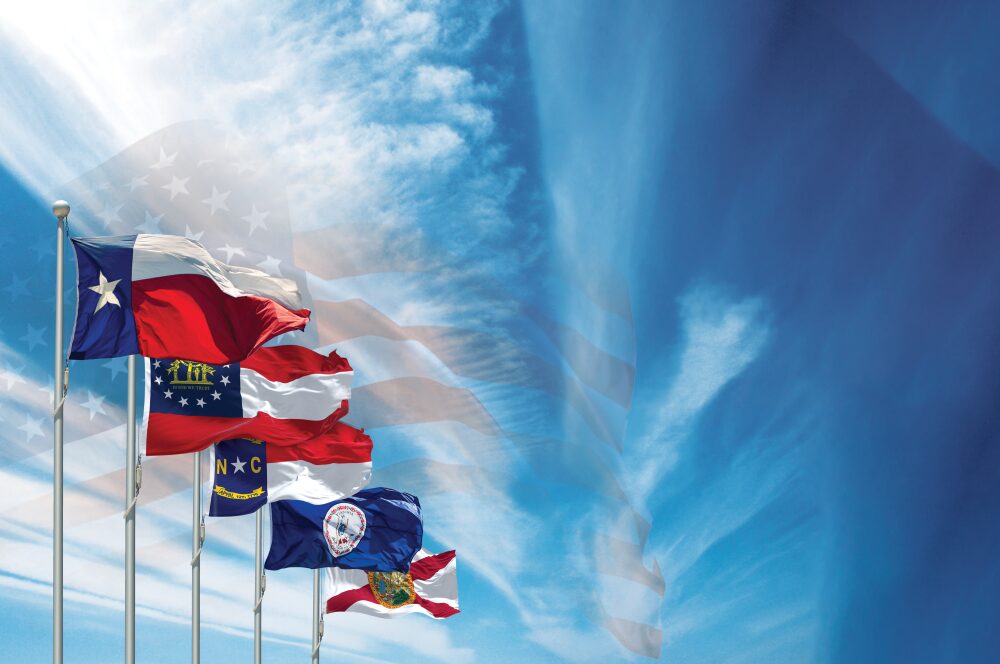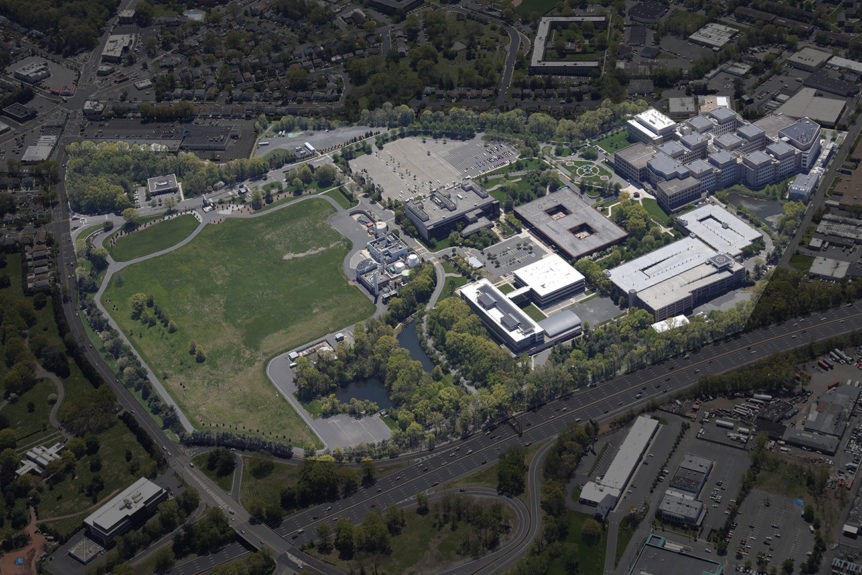
Photo by Harris & Ewing courtesy of Library of Congress Prints and Photographs Division, Washington, D.C.
Speaking of political choices: This photograph by Harris & Ewing from Election Day on November 8, 1938, shows members of the District of Columbia League of Women Voters next to voteless ballot boxes in downtown Washington, D.C, draped in black in order to “impress upon Washingtonians what they were missing,” says the Library of Congress citation. Mrs.. Karl Bradford, Mrs. R. Shull and Mrs. Henry Chalmers (l. to r.) handed out information on what it meant to the citizens of Washington not to be able to vote.
It would not be until March 29, 1961 that the 23rd Amendment was ratified by Congress, extending the right to vote in presidential elections to citizens residing in the District of Columbia and granting the district electors in the Electoral College as though it were a state, though the district can never have more electors than the least populated state. According to the Cornell Law School Legal Information Institute, the Washington, D.C., Voting Rights Amendment, proposed in 1978 but ultimately falling short of ratification in 1985, aimed to provide the District with full representation in the U.S. Congress in addition to participation in the Electoral College. It did not advocate for statehood, a more recent issue last broached in 2020 by proposed legislation that never saw a vote in the Senate.
|







